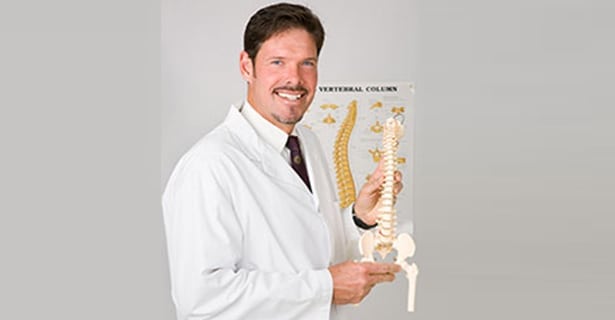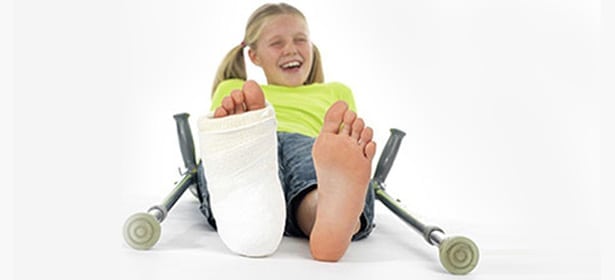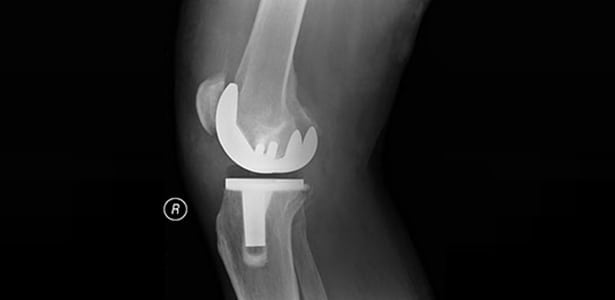
Our orthopedic doctors can get you moving again.
Whether you’re jogging, running bases, walking up stairs, or just going about your daily routine, your musculoskeletal system plays an important role in how you move throughout your day. When injury, infection, deformity, disease, or age-related wear and tear occurs, you may be referred to an Orange County orthopedics specialist. We see patients affected in:
- Muscles
- Joints
- Bones
- Ligaments and tendons
CONTACT US TODAY
Why See an Orthopedic Specialist?
Any type of pain in your back, shoulders, hips, knees, or ankles that’s getting progressively worse or affecting your daily life is reason enough to see an orthopedic specialist. What will likely determine whether or not your primary care physician directs you to such a specialist is the nature and extent of your symptoms and how your life is affected by those symptoms.
musculoskeletal issues may make it difficult to perform daily functions such as walking up stairs or going on a morning jog. Other times general joint and muscle pain is experienced without it being linked to any specific movements. Limited range of motion is another reason to consider seeing an orthopedic specialist, especially it’s making it difficult to straighten your back or bend or turn without pain.
Regardless of the type of pain that you are experiencing, we are confident that we can help you explore treatment options that are best for you.


What Happens During an Initial Consultation?
During your initial consultation with an orthopedic doctor in Orange County you will be asked to describe your symptoms. Since any type of pain can be highly subjective, meaning how you experience pain is likely to be different from how somebody else with the same type of discomfort experiences it, you’ll want to be as descriptive as possible.
Pain assessment scales used by patients can include a visual scale with a line between a happy face and a frown or a numeric one to ten scale. You’ll also want to discuss what particular activities or actions seem to trigger your pain and what remedies you’ve tried before; along with the results you’ve experienced from those treatments. With all of this information, your orthopedic doctor can get an idea of what may be causing your pain and how it can be treated.
How Are Orthopedic Conditions Diagnosed?
Since many orthopedic conditions have a mechanical connection, meaning there’s usually an issue involving bones, joints, or muscles, image testing is likely to be a first step in the diagnostic process. Your family history will also be considered since some orthopedic conditions can be genetic. For example, muscular dystrophy is one of the more serious genetic disorders that can affect muscles throughout a person’s lifetime.
Issues such as joint pain or discomfort regulated to certain area, such as back or shoulder pain, are often diagnosed with X-rays, CT scans, and MRIs. In some cases, diagnosis is more of a process of elimination where suspected conditions are ruled out until an accurate diagnosis can be made. You may also be asked to walk or make certain movements so pain trigger points can be identified.
During your visit, your specialist at our Orange County orthopedics center will be very thorough when it comes to determining your pain’s cause.


How Are Orthopedic Conditions Treated?
Treatments recommended by an orthopedic specialist are based on a condition is affecting a patient’s quality of life. For instance, you may have difficulty walking due to joint inflammation. If this is the case, treatment would likely include anti-inflammatory medications and dietary recommendations to encourage the consumption of foods that naturally fight inflammation. For some conditions, temporary bracing may be recommended to promote healing and reduce movement.
For back and shoulder pain, treatment may involve relieving nerve pressure, which may require surgery if other solutions aren’t effective. For issues such as non-specific lower back pain, however, surgery isn’t likely to be on the table if a mechanical source of discomfort can’t be identified. In some cases, adopting an exercise routine that includes strengthening core muscles can provide added stability and reduce pain.
How Can You Promote Optimal Orthopedic Health?
While there is no guarantee all conditions that may possibly affect the musculoskeletal system can be prevented, steps can be taken to keep your bones and supporting structures as healthy as possible. Eating a proper diet is just one way to promote optimal orthopedic health, which includes choosing foods that naturally strengthen bones and provide essential nutrients and vitamins. Green, leafy vegetables, for instance, can be a reliable source of multiple beneficial nutrients, including vitamins C, D, and B12.
Another important part of maintaining optimal orthopedic health is paying attention to your posture. Even wearing high heels for long periods of time can change the natural alignment of your spine. If you need to lift heavy objects for work, lift with your legs and not your back to minimize the risk of injury. Getting regular exercise, which can be in the form of daily walks or water-based activities such as swimming or water aerobics, can also keep bones and muscles healthy.
If you’re not experiencing relief from home remedies or taking a break from strenuous activities for a few days after sustaining an injury, an Orange County orthopedics specialist may be able to identify the source of your pain and offer a solution that may provide meaningful relief. While surgery can be an effective treatment for some musculoskeletal conditions, it’s rarely the first option and may be avoided altogether by a combination of other non-surgical treatments.
To learn more about the treatments provided by the specialists at our office, contact our office today to schedule your consultation. You can also ask us any question you might have about what to expect at your appointment, or what types of treatments we provide at our office. Regardless of your condition, we look forward to helping you become free from pain.

